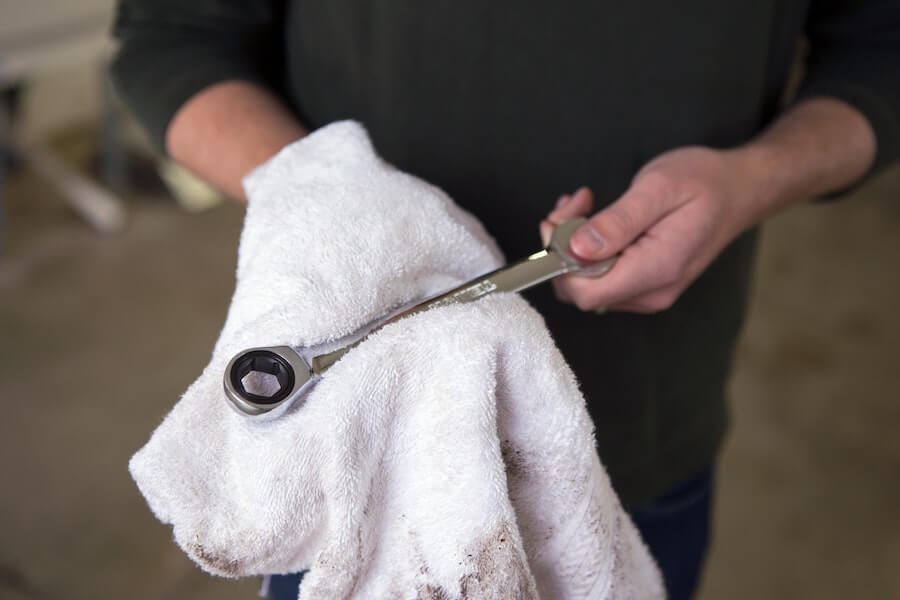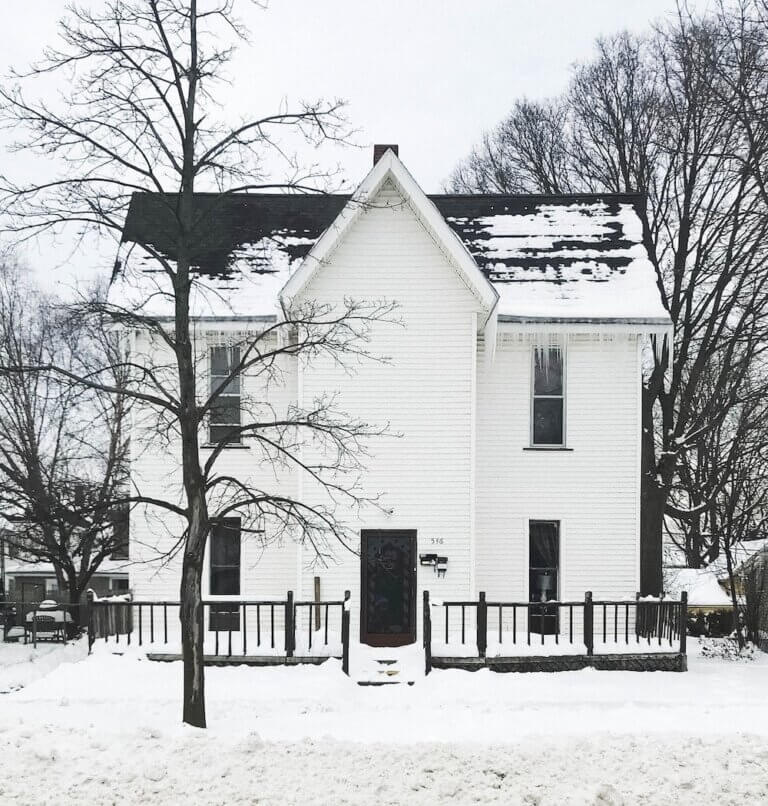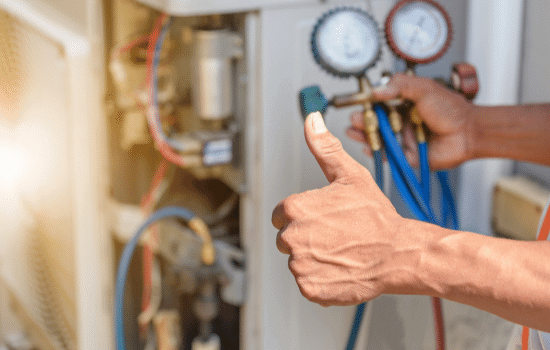Yearly maintenance on your oil-fired boiler or furnace is easy to forget, but highly important. Diligent heater maintenance will keep your system running better and will extend the life of your unit. You can often prevent costly mid-winter breakdowns by scheduling a tune-up once a year with your local heating oil company. Properly maintaining your oil-burner or heater also means proper airflow in your home, safety, and lower bills from increased efficiency. Reputable heating oil suppliers in your community will usually have the correct parts, equipment, and technical experience to tune up your system properly. We’ve pulled together 4 things a good oil burner tune-up will include.
What Goes Into an Oil-Burner Maintenance Package
1. New Nozzle
Oil burner tune-ups should include a new nozzle that is designed for that unit to run correctly. The burner’s nozzle can often get clogged with sludge and debris from the bottom of your oil tank. The nozzle controls the stream of oil, so a clogged nozzle can prevent your heater from starting at all. It can also cause the furnace or boiler to stop functioning at random. Look out for the smell of unburned oil in your home, as this can indicate the nozzle malfunctioning.
2. New Fuel Filter
The fuel filter should get changed at the beginning of every heating season to prevent sludge from the tank from entering into the system. A clogged filter will seriously affect the efficiency of your system. An inefficient heating system means higher monthly costs and potential maintenance costs. Factors like whether or not you have pets can determine how often you need to change the filter.
3. New Pump Strainer
There are many components to an oil burner pump. The pump’s strainer is another filter that prevents dirt from entering the fuel pump. If it’s bent, torn, or dirty you’ll want to replace it before the cold season begins.
4. Combustion analysis
During the process of changing these parts, other inspections will take place. Smaller tasks like cleaning up dust and debris around the furnace, checking floor vents for any obstructions, and more are involved in yearly furnace maintenance. Lastly, we will perform combustion analysis so the technician can make any additional adjustments to the heater if needed.These are a few of the common steps in a furnace maintenance package. But furnace maintenance is not a one-size-fits-all approach. Every oil-burner is different and therefore requires custom care. When it comes to furnace maintenance, safety and efficiency are our top priorities. Call your local heating oil dealer today to schedule an appointment with one of their certified technicians.




